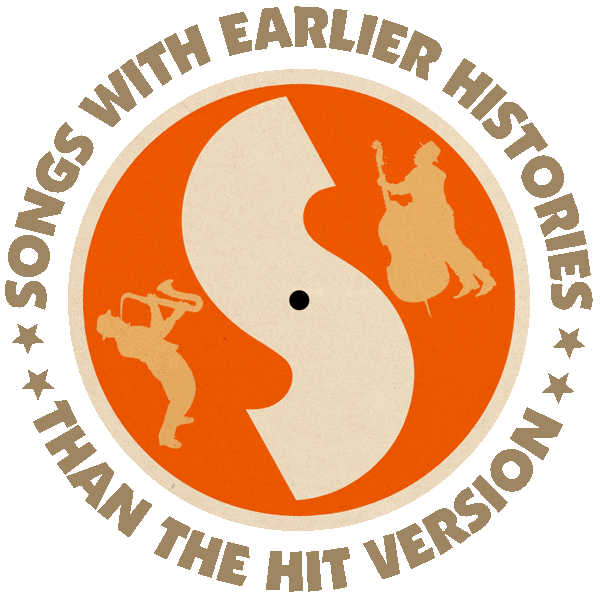First recorded by Prince’s Band (1917).
Popular versions by W.C. Handy (1917), Marion Harris (1921), Jelly Roll Morton (1926), Fats Waller & Alberta Hunter (1927), “Big” Joe Turner (1940), Louis Armstrong (1954), Ella Fitzgerald (1958).
From the wiki: “‘Beale Street Blues’ was written in 1917 by American composer and lyricist W.C. Handy. The title refers to Beale Street in Memphis, Tennessee, the main entertainment district for the city’s African American population in the early part of the twentieth century, and a place closely associated with the development of the Blues.
“‘Beale Street Blues’ was popularized for an audience when sung on Broadway by Gilda Gray in the 1919 musical revue Schubert’s Gaieties but first gained mass circulation when Prince’s Band recorded the song for Columbia Records in 1917. One of the earliest vocal arrangements of ‘Beale Street Blues’ was recorded by Marion Harris in 1921.

